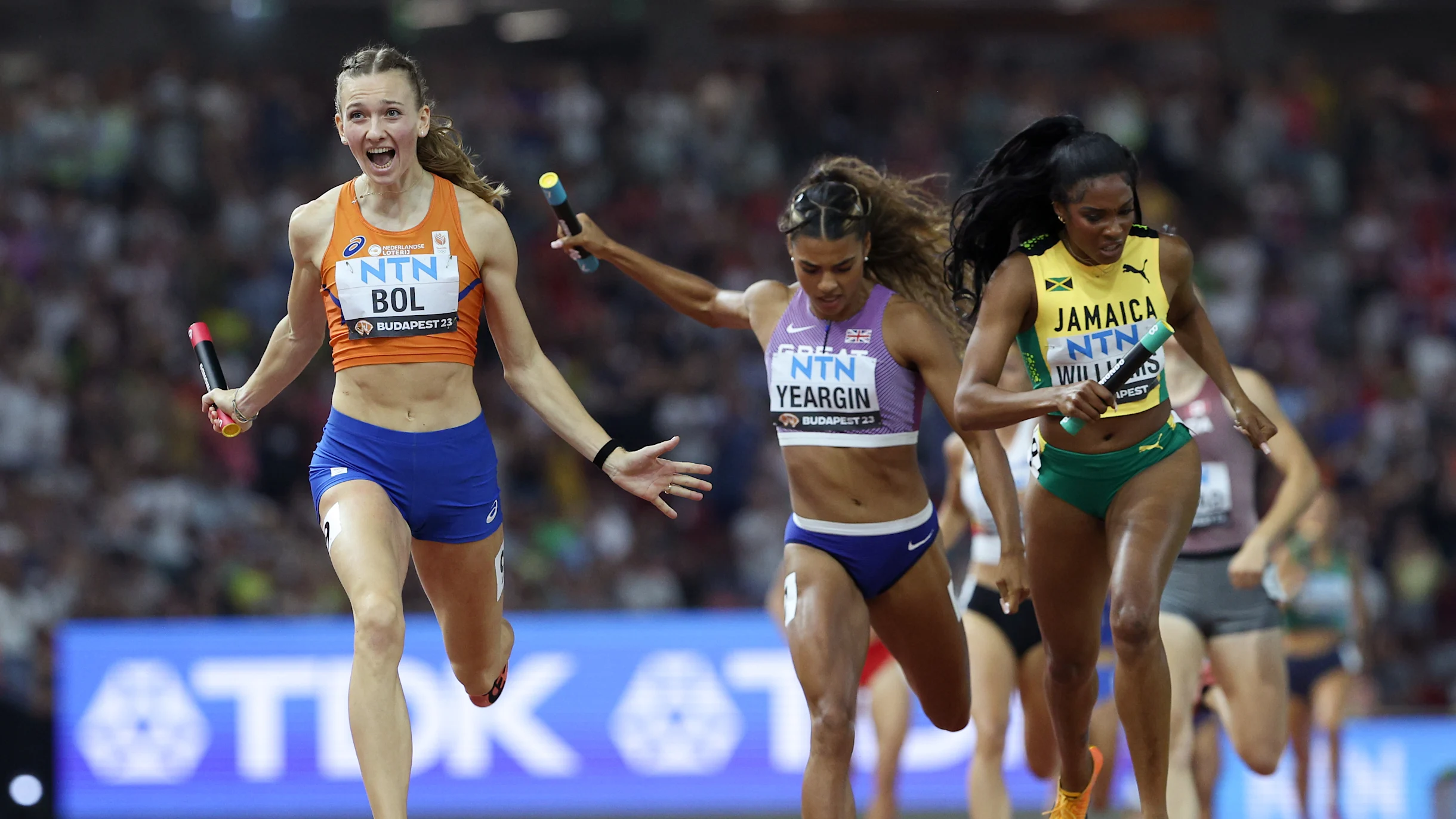The journey of women in Olympic track and field is a remarkable tale of perseverance, courage, and progress. From their exclusion in the early days to becoming some of the Games’ most celebrated athletes, women have consistently broken barriers and redefined possibilities. This blog traces the history of female participation in Olympic track and field, highlighting significant milestones, pioneering athletes, and the challenges they overcame.
Early Exclusion and Gradual Inclusion
When the modern Olympics began in 1896, women were not allowed to compete. The founder of the modern Games, Pierre de Coubertin, believed that female participation would be “impractical, uninteresting, ungainly, and improper.” Despite this exclusion, women athletes continued to push for inclusion.
1928 Amsterdam Olympics
The 1928 Amsterdam Olympics marked a significant milestone when women were allowed to compete in track and field events for the first time. Five events were included: 100 meters, 800 meters, high jump, discus throw, and 4×100 meter relay. This inclusion came after years of advocacy and growing popularity of women’s sports worldwide.
Pioneering Female Athletes
Mildred “Babe” Didrikson
One of the earliest trailblazers was Mildred “Babe” Didrikson from the United States. At the 1932 Los Angeles Olympics, she won gold in the 80-meter hurdles and javelin throw, and silver in the high jump. Didrikson’s incredible versatility and talent made her a symbol of female athleticism and broke many stereotypes about women’s capabilities in sports.
Fanny Blankers-Koen
Dutch athlete Fanny Blankers-Koen, known as the “Flying Housewife,” made history at the 1948 London Olympics. She won four gold medals in the 100 meters, 200 meters, 80-meter hurdles, and 4×100 meter relay. At 30 years old and a mother of two, her achievements challenged prevailing notions about age and motherhood in relation to athletic performance.
Overcoming Challenges
Women in Olympic track and field have faced numerous obstacles, from societal expectations to institutional barriers.
Gender Discrimination
For many years, female athletes contended with gender discrimination and limited opportunities. Training facilities, coaching, and financial support were often inadequate compared to their male counterparts. Additionally, societal norms and expectations placed significant pressure on women to conform to traditional roles, discouraging athletic pursuits.

The 800 Meters Controversy
At the 1928 Olympics, the inclusion of the 800 meters was controversial. After the event, there were claims that many competitors collapsed from exhaustion, leading to its removal from the Olympics until 1960. This incident was often cited as evidence that women were physically unfit for longer distances, reflecting the gender biases of the time.
Breaking Records and Changing Perceptions
Wilma Rudolph
Wilma Rudolph’s story is one of triumph over adversity. Stricken with polio as a child, she overcame significant physical challenges to become the fastest woman in the world. At the 1960 Rome Olympics, Rudolph won three gold medals in the 100 meters, 200 meters, and 4×100 meter relay. Her achievements brought attention to women’s track and field and inspired future generations of female athletes.
Flo Jo
Florence Griffith-Joyner, known as “Flo Jo,” dazzled the world with her speed and style at the 1988 Seoul Olympics. She won gold in the 100 meters, 200 meters, and 4×100 meter relay, and silver in the 4×400 meter relay. Her world records in the 100 meters and 200 meters still stand today, highlighting her extraordinary talent and impact on the sport.
Expanding Opportunities and Recognition
The latter part of the 20th century saw increased opportunities and recognition for female athletes.
Title IX and Its Impact
In the United States, the passage of Title IX in 1972 was a significant milestone. This federal law prohibited gender discrimination in educational programs and activities, including sports. Title IX led to a dramatic increase in female participation in athletics, providing a model for other countries to follow.
Inclusion of New Events
The Olympic program for women has continually expanded. Events such as the marathon (added in 1984) and the pole vault (added in 2000) reflect growing recognition of women’s capabilities in a broader range of athletic disciplines. Each new event represents a victory for female athletes, providing more platforms to showcase their talents.
Modern-Day Champions and Legacy
Allyson Felix
Allyson Felix is one of the most decorated athletes in Olympic history. Competing in five Olympics from 2004 to 2020, she has won a total of 11 medals, including seven golds. Felix’s longevity and success highlight the progress made in supporting female athletes and their ability to sustain high performance levels over extended careers.
Shelly-Ann Fraser-Pryce
Jamaican sprinter Shelly-Ann Fraser-Pryce has been a dominant force in women’s sprinting since her first Olympic appearance in 2008. With multiple gold medals and world championships, she continues to inspire young athletes worldwide and demonstrates the evolving excellence in women’s track and field.

